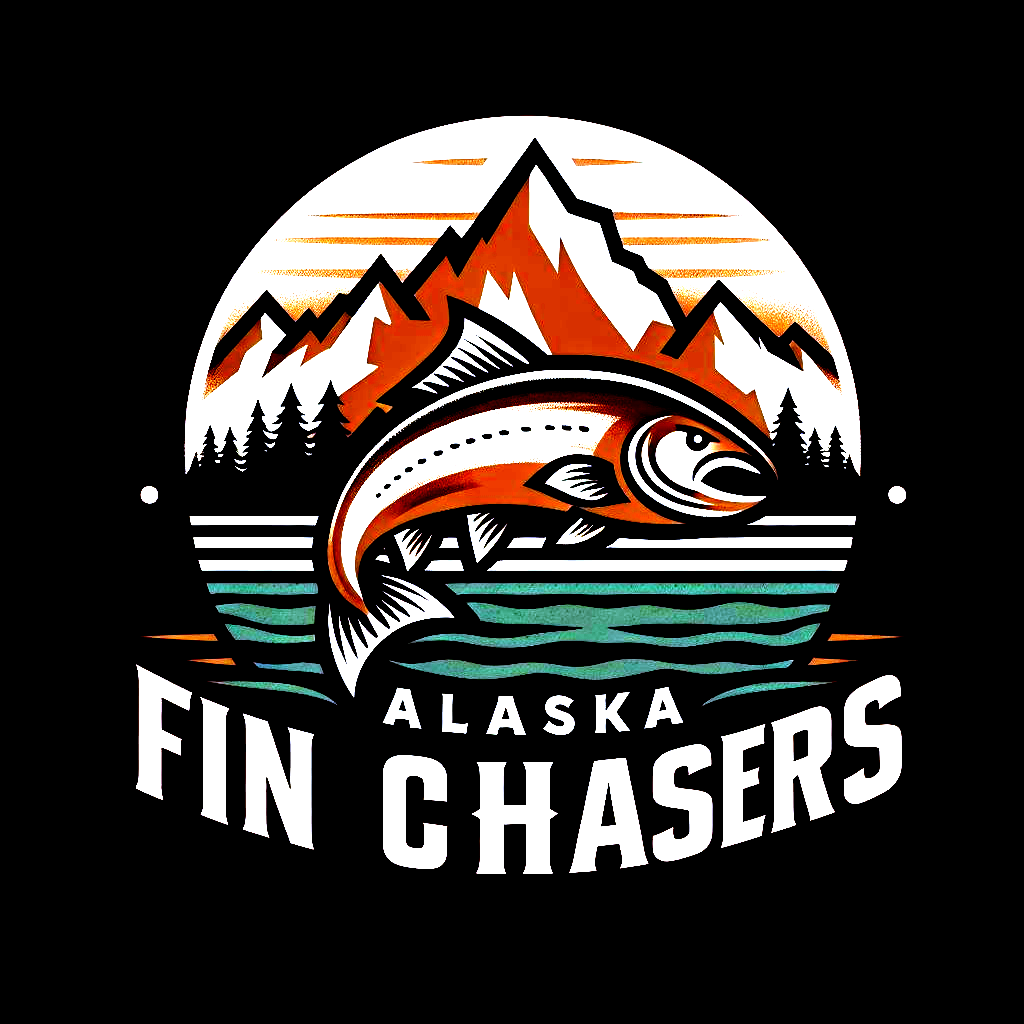
So you either booked a trip, or you’re planning a trip to fly fish on the Kenai Peninsula, and you’re wondering what my fly rod setup should be like. Do I have the right reels, rods, and combos in my garage, or do I need to head online or to my local fly shop and pick up some more stuff? It’s even more challenging to pick that setup out because there are so many different types of species. Each species might have other requirements, and you need to know what you need to do to catch one. So, to help you out, we put together some suggestions for a few different species that we fish out here and what you might need your setups to look like.
Salmon Fishing Setup
A 9- to 10-foot, 8- to 10-weight fly rod is ideal for targeting salmon, especially during their spawning runs. Salmon can grow quite large, and a heavier rod provides the backbone needed to handle their strength and size. Pair this with a matching reel with a strong drag system to manage their powerful runs. A floating or intermediate line works well for surface patterns and subsurface presentations. Depending on the species, you may use large streamers or traditional salmon patterns like egg patterns or flesh flies. For kings, you might lean towards a heavier sinking line to reach deeper waters.
Trout Fishing Setup
For rainbow trout, a versatile 9-foot, 5 to 7-weight rod is the way to go. This setup is suitable for most rivers and lakes, allowing for delicate presentations, especially when using dry flies or nymphs. With a reel featuring a smooth drag, you’ll be ready to handle the fight rainbow trout can put up, even in larger rivers. Use a weight-forward floating line for dry fly fishing and a sinking or sink-tip line for nymphing or streamers. The variety of flies is immense, but essential patterns include small nymphs, streamers, and dry flies like Adams or Caddis patterns.

Bonus Euro Nymphing
Euro nymphing, also known as tight-line nymphing, is a highly effective technique for targeting trout in Alaska’s fast-moving rivers. A 10—to 11-foot, 3—to 5-weight rod is ideal for this, providing the length needed for effective line management and strike detection.
Pair it with a lightweight reel with a smooth drag to handle energetic fish. To improve sensitivity, use a specialized Euro nymphing line, typically a floating line with minimal stretch.
The leader setup should include a long, thin tippet—usually 3 to 6 feet—to delicately present nymphs. Adding a colored indicator at the end of your line enhances visibility and allows you to detect subtle strikes.
Tools for Success!
There’s a lot of information in this article, and you can always do more research, but these are some great setups to help get you started and prepared for your trip to Alaska! Having the right tools is the key to success with anything, and there’s no difference with fly fishing. So take the time now to set up your rig and get a little practice in. Doing all this will prepare you for your trip to the Last Frontier in no time!
